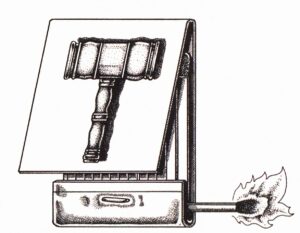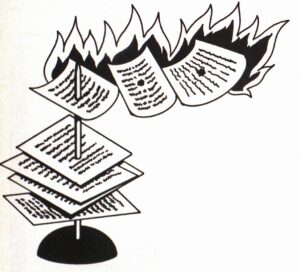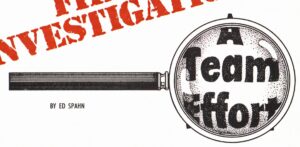DOCUMENTING THE FIRST STAGES OF FIRE
A CASEBOOK FROM an average fire investigation usually lacks documentation by emergency service personnel who first respond to the scene. The observations of these individuals can be just as important to the investigation or an ensuing court trial as the notes, photographs, and evidence taken by investigators after the fire has been extinguished.







